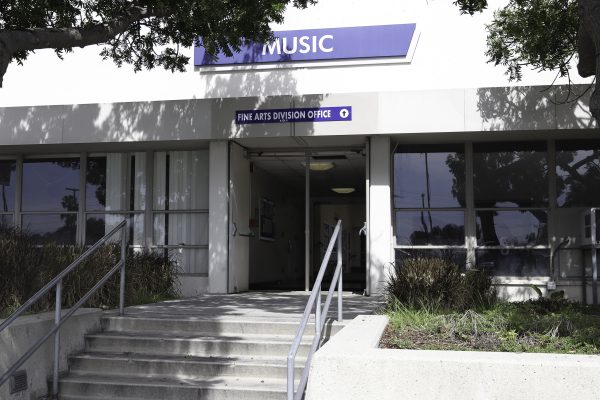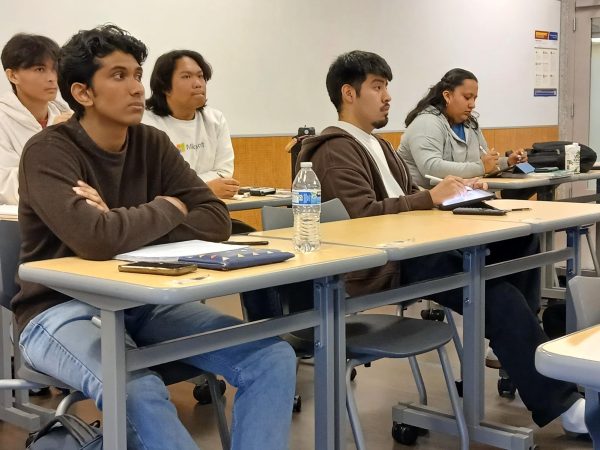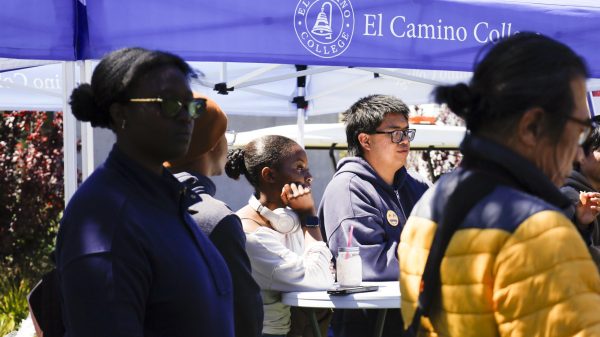May revision to Calif. state budget may make ECC financially ‘whole’
Correction: This article has been updated to remove a factual error.
The budget for higher education has increased from $18.6 billion to $21.7 billion since Gov. Gavin Newsom’s January state budget proposal.
The May Revision to the California Budget Proposal for Fiscal Year 2021-2022 was released on Friday, May 14, and members of the College Council of El Camino College (ECC) reviewed it via Zoom during their May 17 meeting.
All projected May revisions to the ECC budget are in accordance with the revision to the California governor’s January state budget proposal. The proposal includes the budget for higher education, including California community colleges.
“[The state has] totally taken a [turn] from a $54.5 billion deficit this time last year to a projected $75.7 billion surplus going into the next fiscal year,” El Camino College Vice President, Iris Ingram said during the meeting.
The budget will not take effect until Gov. Newsom signs the bill, which could happen anytime between now and June 30.
“What we are anticipating is that the state will repay the revenue deferrals that we experienced this year in June and July. That represents $145 billion statewide, but locally about $29 million to El Camino, the impact of that is on cash,” Ingram said.
The college did not receive any apportionment from the state from December to this time.
“We had to rely on our own reserves, [we] are currently relying on our reserves to get us through,” Ingram said. “But effective July, we are expecting, if the budget is signed, as designed right now that we will be repaid those dollars in both July and August, which would essentially make us whole.”
The Higher Education Emergency Relief Fund (HEERF) was specifically restricted to losses or expenses incurred as a result of the COVID-19 pandemic, however it did not cover personnel costs. The college was not allowed to use the fund to hire people.
“Since salaries and personnel costs are the highest portions of our budget, having this COVID relief money helped us but it didn’t cover all of our obligations,” Ingram said.
There is a proposed increase of 4.05% for an ongoing allocation of cost-of-living adjustment (COLA) and growth to student services.
“When I say ongoing, it means that each subsequent year, whether we get COLA or not, if they don’t take it away it’s not considered one-time funding,” Ingram said. “We have a lot of one-time funding increases in the budget, the state tends to want to do that as opposed to giving us a boost to our base allocation, which would mean ongoing funding for needs.”
The Basic Skills Initiative, “Dreamer” Resource Liaisons and student support services for immigrant students, including undocumented students in community college “Dreamer” centers are included in the May revise.
“The student and experiences subcommittee has been talking a lot about the basic needs [centers]. There was a proposition for ongoing funding, as well as for the ‘Dreamer’ Liaisons,” Edith Gutierrez, management representative of College Council said during the meeting.
ECC President Dena Maloney compares last year’s budget proposal to this year’s by highlighting the K-12 budget.
“In January, when the governor announced his budget proposal, the community colleges had less COLA than K-12 and we also had sort of some things we had to do to earn the COLA [like] offering 10% more [Distance Education] courses [than] we had in the past,” Maloney said during the meeting.
One thing that isn’t mentioned in the May revise is that college funding is still largely predicated on enrollment, which has decreased at ECC.
“We are down significantly in [full-time student enrollment] in the current fiscal year and I don’t see that suddenly rebounding in the next fiscal year, although I’m sure it will creep up somewhat,” Ingram said. “I’m hoping that there will be a steady increase. But again, we are still largely dependent on enrollment, as all community colleges are.”








